Checking inbound links might sound technical, but it’s actually simple once you know the right tools and steps. Inbound links, also called backlinks, act like votes of confidence from other websites. The more quality sites that point to your content, the more search engines trust you.
But here’s the catch not every link helps you. Some links can hurt your rankings, and others may be broken or lost over time. That’s why it’s important to regularly check, analyze, and clean up inbound links. Doing so not only improves your SEO but also protects your website’s authority and traffic.
Here’s a straightforward guide to checking your inbound links with free and premium tools, along with a 30-day plan to maintain a healthy backlink profile.
What Are Inbound Links?
Inbound links, also called backlinks, are simply links from another website pointing to your website.
👉 Example: If a blogger writes an article and links to your blog post, that’s an inbound link for you.
Think of inbound links as votes of trust. The more quality sites linking to you, the more Google believes your website is credible.
Quick comparison: Inbound vs Outbound vs Internal Links
| Link Type | Definition | Example |
|---|---|---|
| Inbound (Backlink) | Link from another site to yours | A tech blog linking to your tutorial |
| Outbound | A link from your site to another | Your blog linking to Wikipedia |
| Internal | Links within your own site | Homepage linking to a blog post |
Why Inbound Links Matter for SEO & Traffic
Inbound links are one of Google’s top ranking signals. But not all links are equal.
- Authority: A link from Forbes or BBC is stronger than a link from a random new blog.
- Traffic: Backlinks can send you referral visitors. According to Ahrefs, 90.63% of web pages get no traffic from Google: often because they don’t have backlinks.
- Trust: Quality links act like recommendations in real life.
- Discovery: Search engines find new pages faster through links.
👉 Example: A small eCommerce store reclaimed 50 lost backlinks and saw 30% more organic traffic in 60 days (Ahrefs study, 2024).
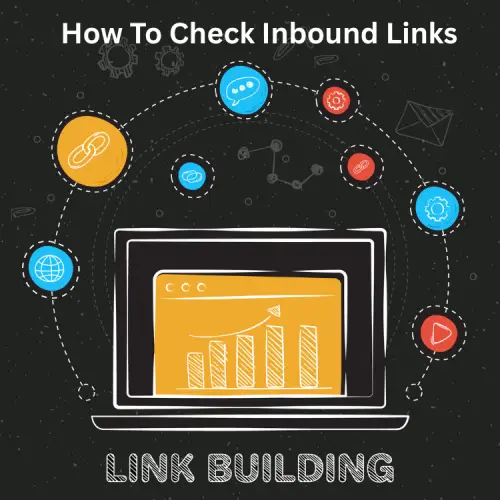
Tools To Check Inbound Links
There are many free and paid tools. Here’s a quick comparison table:
| Tool | Free/Paid | Best For | Key Feature |
|---|---|---|---|
| Google Search Console | Free | Beginners | Verified backlink data |
| Ahrefs | Paid (trial) | In-depth analysis | Anchor text + filters |
| SEMrush | Paid | Competitor research | Backlink gap analysis |
| Moz Link Explorer | Limited free | Link authority check | Domain Authority |
| Majestic | Paid | Historical data | Trust Flow / Citation Flow |
| Ubersuggest | Free + Paid | Budget option | Simple backlink overview |
| Linkody / Monitor Backlinks | Paid | Alerts | Get email notifications |
| SEO PowerSuite | One-time license | Affordable all-in-one | Desktop software |
👉 For beginners, start with Google Search Console. As you grow, add a pro tool like Ahrefs or SEMrush.
How To Check Inbound Links (Step-by-Step)
A. Using Google Search Console (Free & Official)
- Sign in to Google Search Console.
- Add & verify your domain.
- On the left sidebar → Click Links.
- Explore:
- Top linking sites → Who links to you most.
- Top linked pages → Which pages get most backlinks.
- Top linking text → Anchor text used.
- Export CSV for deeper analysis.
👉 Example: If you see “Click here” as a common anchor, that’s weak. Instead, you want descriptive anchors like SEO checklist.
B. Using Ahrefs, SEMrush, or Moz
These tools give much deeper insights than GSC.
- Ahrefs: Shows new vs lost links, DR (Domain Rating), anchor text, and spam signals.
- SEMrush: Great for competitor backlink gap analysis.
- Moz: Quick check of Domain Authority (DA).
👉 Example: If you check your competitor’s inbound links in Ahrefs and see they got 10 backlinks from guest posts, you can reach out to the same sites.
If you want to go beyond the basics, tools like Ahrefs and SEMrush provide in-depth analysis. They not only show who links to you but also help uncover SEO opportunities for growth.
C. Quick Free Options
- Ahrefs Free Backlink Checker (limited results).
- Ubersuggest Free Version.
- Site search trick:
link:yourdomain.com(not very accurate but works as a cross-check).

How To Check Outbound Links
Outbound links = links from your website to others.
Why check them? Because if you link to broken or spammy pages, it can hurt trust.
👉 Use tools like Screaming Frog (free up to 500 URLs) to crawl your site and export outbound links.
How To Check Competitors’ Inbound Links
Yes, you can check competitor backlinks and it’s a powerful growth hack.
Steps:
- Enter competitor’s domain in Ahrefs/SEMrush.
- Go to “Backlinks” report.
- Filter for: Dofollow, high DR, relevant domains.
- Export data.
- Create a list of opportunities.
👉 Example: If your competitor got a backlink from TechCrunch, you can pitch your unique angle to the same journalist.
How To Evaluate Link Quality
Not all inbound links help. Some can even hurt. Here’s a simple checklist:
- Domain Authority / Domain Rating (higher is better).
- Relevance (tech site linking to tech site = good).
- Anchor text (natural vs spammy).
- Placement (in-content > footer).
- Dofollow > Nofollow (both are fine but dofollow carries more weight).
- Referring traffic (does the linking site get real visitors?).
👉 Rule of thumb: 10 quality links beat 100 spammy ones.

Fixing Broken & Bad Inbound Links
Step 1: Find broken inbound links
Use Ahrefs or SEMrush → “Broken backlinks” report.
Step 2: Reclaim lost links
- Contact the webmaster.
- Ask them to update the link.
- Or set up a 301 redirect to another live page.
Step 3: Disavow toxic links
If links are clearly spammy (casino, adult, hacked sites), create a disavow.txt and upload it in Google Search Console.
👉 Example outreach template:
Hi [Name], I noticed your article links to a broken page on my site. Here’s the updated link: [URL]. Could you please update it? Thanks!
Local SEO & Mobile Links
- Local SEO: Inbound links from local newspapers, blogs, or chambers of commerce help you rank in Google Maps.
- Mobile: Since Google is mobile-first, make sure pages linking to you have a good mobile experience.
The Future of Inbound Links
- E-E-A-T (Experience, Expertise, Authoritativeness, Trust): Google now values who is linking to you, not just how many.
- Entity SEO: Links from sites in your niche count more.
- AI Search: Links will still matter, but context and authority will matter more.
People Also Ask – Quick Answers
How to get inbound links?
By creating useful content, guest posting, reclaiming unlinked mentions, and building relationships with other websites.
How to check website backlinks?
Use Google Search Console for free data, then tools like Ahrefs or SEMrush for deeper insights.
What are inbound links in SEO?
Inbound links are links from other websites pointing to your site, acting as votes of trust.
How to check outbound links?
Crawl your site using Screaming Frog or similar tools to list all outbound links.
How to check website incoming links?
Same as checking backlinks — use GSC and validate with Ahrefs or Moz.
What are inbound and outbound links?
Inbound = links to your site. Outbound = links from your site to others.
Final Thoughts on Checking Inbound Links
Inbound links are one of the most powerful signals search engines use to measure your site’s authority. But remember it’s not just about having lots of links. It’s about having the right kind of links from trusted, relevant websites.
By checking your inbound links regularly with tools like Google Search Console, Ahrefs, or SEMrush, you’ll know exactly which sites are boosting your SEO and which ones may be holding you back.
Think of it like a health check for your website. Just as you wouldn’t ignore your health, you shouldn’t ignore your backlinks. A clean, high-quality link profile means better visibility, more traffic, and stronger trust with both search engines and your audience.
So start today: audit your links, fix broken ones, disavow spammy ones, and keep building new, valuable connections. Over time, this ongoing habit will give your website the growth and rankings it deserves. For more tips, check my guide on website shortcuts to make your work easier.
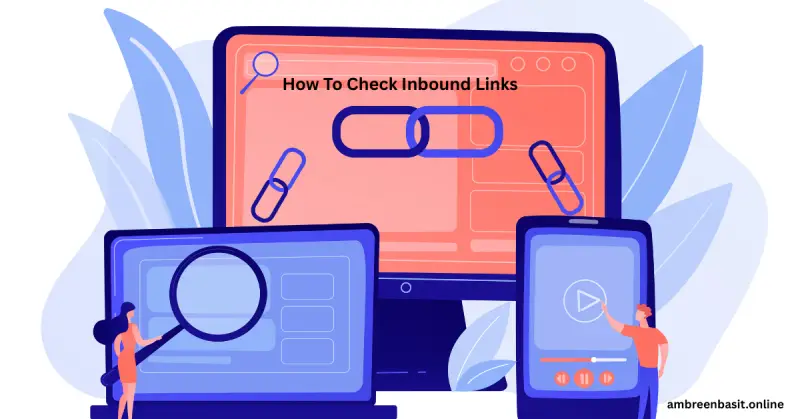

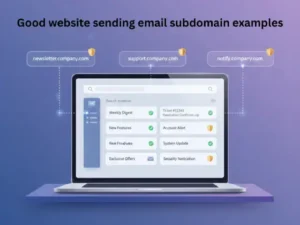



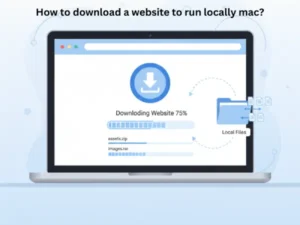
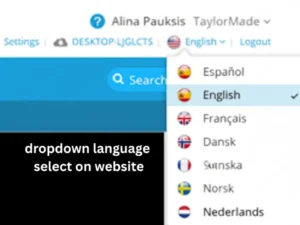


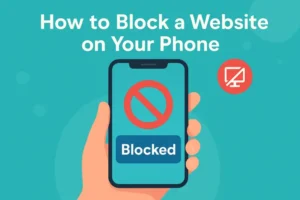
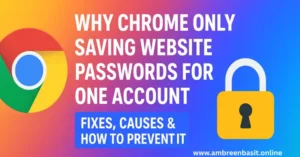
One Response